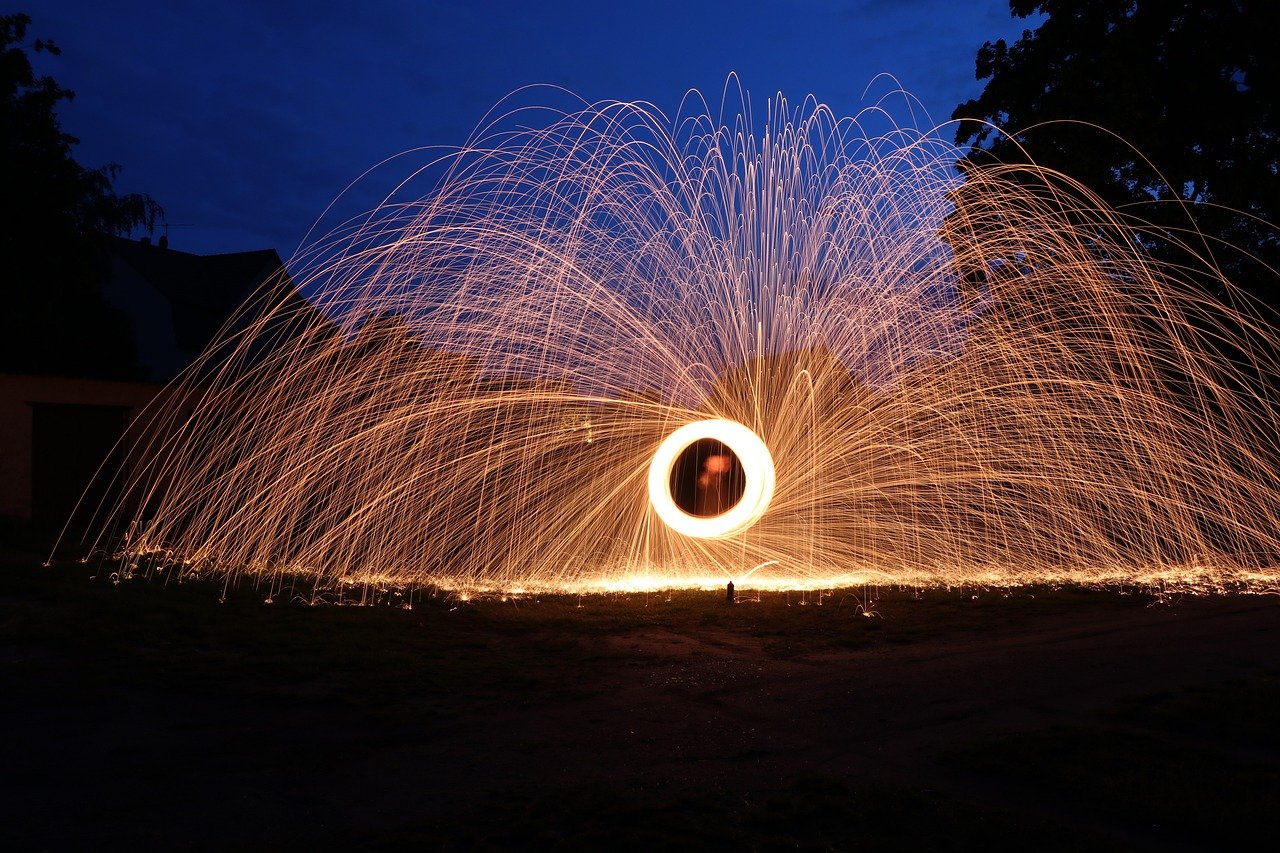How to Optimize Your E-Commerce Product Pages for SEO In the competitive world of e-commerce, having a well-optimized product page can be the difference...
Videography: An Introduction to the Art of Capturing Moving Images
Videography is a captivating art form that involves the process of capturing moving images on various electronic media platforms, such as videotape, direct to disk recording, solid-state storage, and even streaming media. It encompasses a range of techniques, including video production and post-production, that contribute to the creation of visually stunning and engaging videos. Whether you are a beginner or an aspiring videographer, this article will provide you with a comprehensive introduction to the world of videography, covering essential concepts and techniques to help you embark on your creative journey.
1. Introduction
In today’s digital era, the demand for captivating video content is on the rise. From social media platforms to professional marketing campaigns, videos have become a powerful medium for storytelling and communication. Videography allows individuals to express their creativity, capture memorable moments, and convey powerful messages through the art of moving images. Whether you’re interested in creating professional videos or simply documenting your personal experiences, videography provides a platform for endless possibilities.
2. Definition of Videography
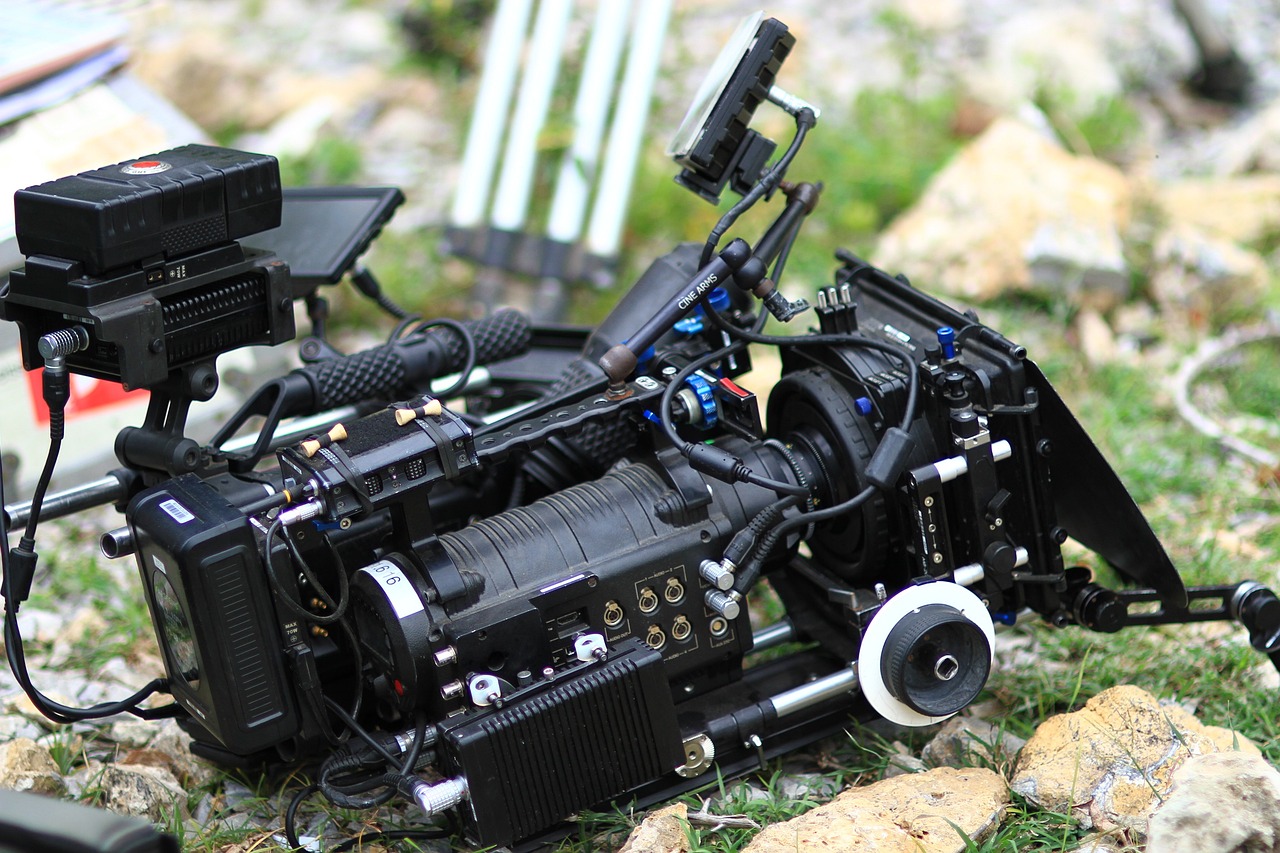
Videography, as defined by various sources [1][2][3], refers to the process of capturing moving images on electronic media. It involves the use of digital cameras, videotapes, and streaming media to record and preserve moments in time. The term also encompasses the methods and techniques employed during video production and post-production stages, which include editing, enhancing, and refining the captured footage.
3. Importance of Videography
Videography plays a vital role in various fields and industries. From entertainment and marketing to education and documentation, videos have the power to engage and captivate audiences like no other medium. They allow businesses to promote their products and services effectively, educators to deliver engaging lessons, and creatives to express their artistic visions. Whether it’s a wedding, a corporate event, or a travel vlog, videography enables individuals to preserve memories and share their stories with the world.
4. Equipment and Tools for Videography
To embark on your videography journey, it’s essential to have the right equipment and tools at your disposal. Here are some key items that every aspiring videographer should consider investing in:
- Camera: A high-quality camera capable of recording high-definition videos is essential. Depending on your budget and requirements, you can choose between DSLR cameras, mirrorless cameras, or even smartphones with advanced video capabilities.
- Lenses: Different lenses offer various perspectives and allow you to achieve specific effects. Wide-angle lenses capture expansive scenes, while telephoto lenses bring distant subjects closer. Experimenting with different lenses can add depth and visual interest to your videos.
- Tripod: A sturdy tripod helps maintain stability and eliminates shaky footage. It’s a must-have accessory, particularly for capturing static shots or when you need your hands free for other tasks.
- Microphone: Clear and high-quality audio is crucial for professional-looking videos. Consider investing in an external microphone that suits your specific needs, whether it’s a shotgun microphone for outdoor shoots or a lavalier microphone for interviews and close-ups.
- Lighting Equipment: Good lighting is essential for creating visually appealing videos. While natural lighting is preferred, it’s beneficial to have basic lighting equipment, such as LED panels or softboxes, to ensure well-lit subjects, especially in indoor or low-light environments.
- Editing Software: Once you have captured your footage, you’ll need reliable video editing software to bring your vision to life. Popular options include Adobe Premiere Pro, Final Cut Pro, and DaVinci Resolve, among others.
Remember, the equipment you choose should align with your budget, goals, and the type of videography you plan to pursue. It’s essential to research and experiment with different tools to find what works best for you.
5. Basic Camera Shots
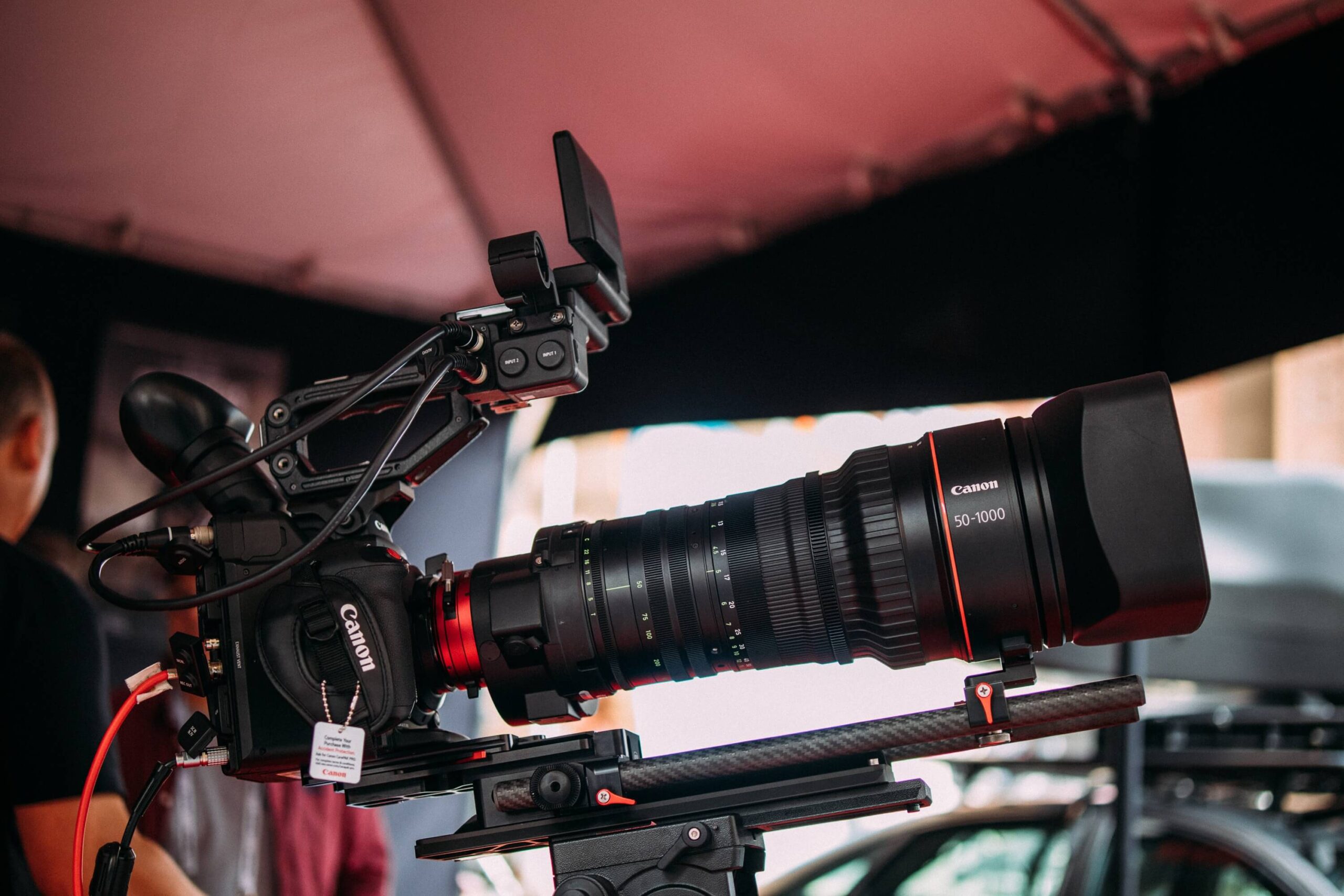
Understanding different camera shots and how to use them effectively is fundamental to videography. Here are three basic camera shots to get you started:
- Wide Shot: Also known as an establishing shot, a wide shot captures the entire scene, providing context and setting the stage for your video. It helps the viewers understand the surroundings and creates a sense of scale.
- Medium Shot: A medium shot focuses on the subject while still showing some of the surrounding elements. It’s ideal for interviews, showcasing interactions, or capturing gestures and expressions.
- Close-Up Shot: A close-up shot zooms in on a specific detail or subject, highlighting its importance or conveying emotions. It’s often used to capture facial expressions, intricate objects, or key elements of the story.
By experimenting with these basic camera shots, as well as other techniques like low and high angles, varied perspectives, and drone videography, you can add visual interest and narrative flow to your videos. Practice different shots and observe how they affect the overall composition and impact of your footage.
6. Composition in Videography
Composition refers to how people and objects are arranged within the frame to create aesthetically pleasing visuals and tell a compelling story. The “rule of thirds” is a fundamental principle of composition that applies equally to photographers and videographers. Imagine two evenly spaced vertical and horizontal lines dividing your frame into nine equal parts. By placing key elements along these lines or at their intersections, you can achieve a balanced and visually pleasing composition.
Apart from the rule of thirds, there are other composition techniques you can explore:
- Leading Lines: Utilize lines within the frame to guide the viewer’s attention towards the subject or create a sense of depth.
- Framing: Use elements within the scene, such as doorways or windows, to frame your subject and draw attention to it.
- Symmetry: Symmetrical compositions can create a sense of balance and harmony, making them visually appealing.
- Negative Space: Sometimes, leaving empty space around your subject can enhance its prominence and create a more impactful image.
Remember that composition is subjective, and there are no strict rules. Experiment with different compositions and find your own unique style that complements your subject matter and narrative.
7. Lighting Techniques for Videography

Lighting plays a crucial role in videography, as it sets the mood, enhances details, and creates visual impact. Here are some essential lighting techniques to consider:
- Natural Lighting: Whenever possible, take advantage of natural light. Filming outdoors during the golden hours (early morning or late afternoon) can provide soft and warm lighting conditions that are visually pleasing.
- Artificial Lighting: In situations where natural lighting is limited or unavailable, you can utilize artificial lighting sources. Start with inexpensive work lamps and shades to experiment before investing in professional-grade video lighting kits.
- Three-Point Lighting: This technique is widely used in professional videography. It involves three key light sources: the key light, which is the primary light source; the fill light, which reduces shadows and balances the key light’s intensity; and the backlight, which adds depth and separation from the background.
Understanding lighting techniques and how different light sources affect your subjects will help you create visually compelling videos. Remember to consider the mood, atmosphere, and desired effects when setting up your lighting.
8. Sound and Audio Considerations

While visuals are crucial in videography, sound and audio play an equally important role in creating engaging videos. Poor audio quality can significantly impact the viewer’s experience, so here are some key considerations:
- Microphone Placement: Position your microphone close to the sound source to capture clear and crisp audio. If using a built-in camera microphone, make sure to be mindful of background noise and avoid obstructing the microphone with your hands or accessories.
- Wind Noise Reduction: When filming outdoors, wind noise can be a common issue. Consider using a windscreen or a furry microphone cover to minimize unwanted noise caused by wind.
- Ambient Noise Control: Be aware of the ambient noise in your filming location. Try to minimize or eliminate any distracting noises that can take away from the overall quality of your video.
- Voiceovers and Background Music: Adding voiceovers and background music can enhance the storytelling aspect of your videos. Ensure that voiceovers are clear and well-paced, and background music is appropriately balanced with the audio dialogue.
Pay attention to sound quality throughout the videography process, from capturing audio during filming to editing and finalizing your video. Crystal-clear audio will significantly enhance the overall viewer experience.
9. Video Editing and Post-Production
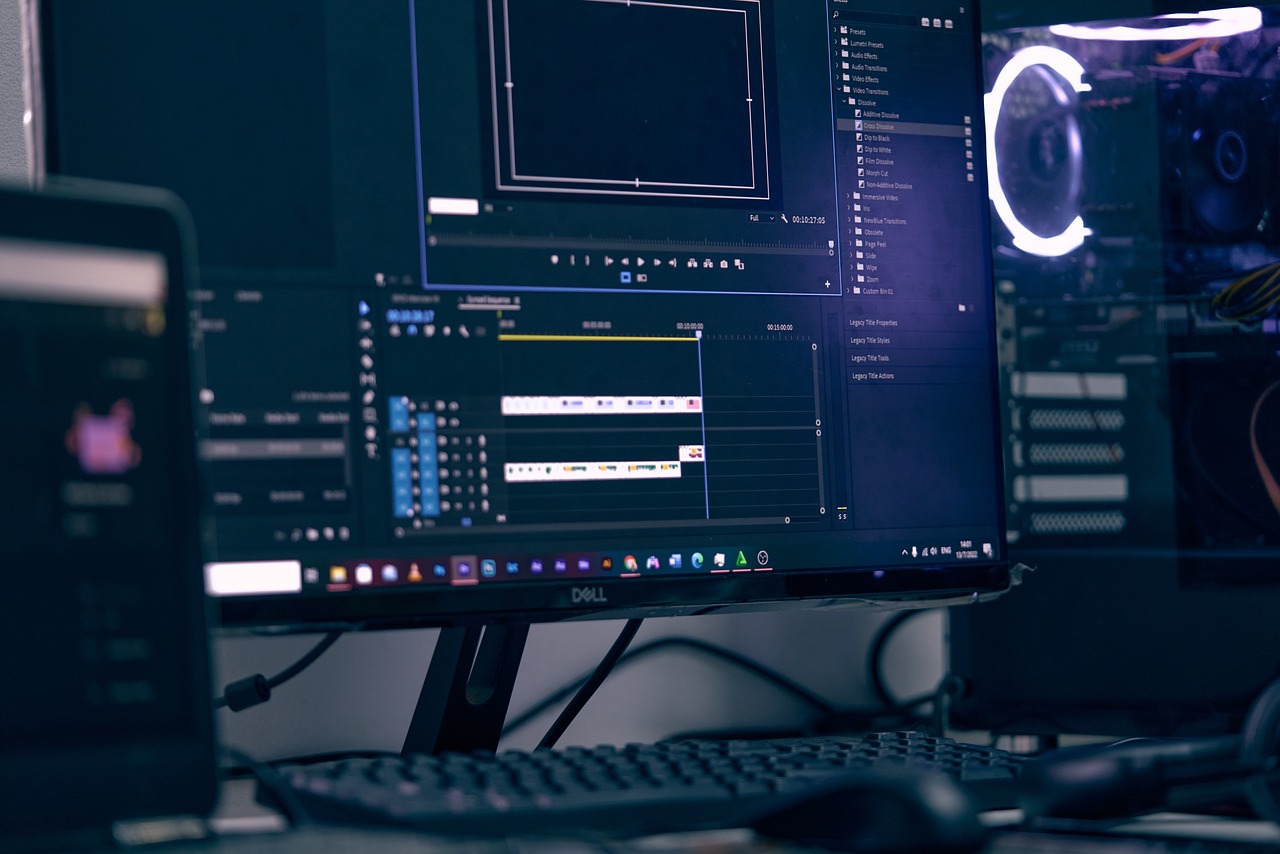
Once you have captured your footage, video editing and post-production allow you to refine, enhance, and bring your vision to life. Here are some essential steps and techniques in the editing process:
- Importing and Organizing: Start by importing your video files into your chosen video editing software. Create a well-structured organizational system to easily locate and access your footage during the editing process.
- Cutting and Trimming: Trim and cut unnecessary footage to refine your story and maintain a smooth flow. Remove any mistakes, pauses, or irrelevant content that may distract or bore your audience.
- Transitions and Effects: Utilize a variety of transitions and effects to enhance the visual appeal and continuity of your video. However, exercise caution not to overuse or apply effects that detract from the content itself.
- Color Grading: Adjust the colors, contrast, and saturation of your footage to create a consistent and visually pleasing look. Color grading helps set the mood and tone of your video, reinforcing the narrative or theme.
- Adding Titles, Text, and Graphics: Incorporate titles, text overlays, and graphics to provide context, emphasize key points, and enhance the overall visual experience.
- Audio Editing: Fine-tune your audio by adjusting levels, removing background noise, and synchronizing sound effects or music with the video footage.
Video editing software provides a wide range of tools and options to unleash your creativity. Experiment with different editing techniques and find a style that complements your videography work.
10. Tips for Creating Engaging Videos
Creating engaging videos goes beyond technical skills and equipment. Here are some tips to captivate your audience and make your videography work stand out:
- Plan and Storyboard: Before you start filming, plan your video’s structure, content, and desired outcomes. Create a storyboard to visualize your shots, sequences, and transitions. This preparation will help you stay organized and focused during the filming and editing processes.
- Capture B-Roll Footage: B-roll footage refers to additional footage that complements your main footage. It adds visual interest, context, and depth to your video. Capture relevant B-roll footage to enhance your storytelling and provide a visually engaging experience.
- Use Dynamic Camera Movements: Experiment with camera movements, such as pans, tilts, tracking shots, and dolly shots, to add cinematic flair and excitement to your videos. Smooth camera movements can create a sense of immersion and make your footage more captivating.
- Tell a Compelling Story: Every video should have a clear narrative or message. Plan your shots and sequences in a way that tells a coherent and engaging story. Consider the beginning, middle, and end, and use transitions and editing techniques to enhance the flow.
- Engage with Your Audience: Interact with your viewers by asking questions, encouraging comments, and responding to feedback. Building a community around your videography work can help you grow as a creator and gain valuable insights.
- Be Mindful of Video Length: While there are no strict rules for video length, consider your target audience’s attention span and the platform you’re publishing on. Keep your videos concise, informative, and entertaining to maintain viewer engagement.
By incorporating these tips into your videography practice, you can create videos that resonate with your audience and leave a lasting impact.
11. Exploring Different Styles of Videography
Videography is a diverse field with various styles and genres to explore. Here are a few popular styles you can experiment with:
- Documentary Videography: Documentaries capture real-life events, stories, or social issues. They require in-depth research, storytelling skills, and a keen eye for capturing authentic moments.
- Event Videography: Recording events such as weddings, conferences, or performances requires the ability to capture the essence and emotions of the occasion. It involves careful planning, coordination, and an understanding of the event flow.
- Travel Videography: Showcasing the beauty and experiences of different locations can transport viewers to new places. Travel videography involves capturing stunning landscapes, cultural experiences, and personal narratives.
- Music Videography: Collaborating with musicians and artists to create visually appealing and narrative-driven music videos. Music videography allows for creative expression and synchronization between visuals and music.
- Fashion Videography: Working in the fashion industry involves capturing clothing, models, and showcasing the style and aesthetic of a brand or designer. Fashion videography requires attention to detail, creativity, and a keen sense of style.
These are just a few examples of videography styles. Feel free to explore and experiment with different genres to find your passion and niche within the vast world of videography.
12. Common Mistakes to Avoid
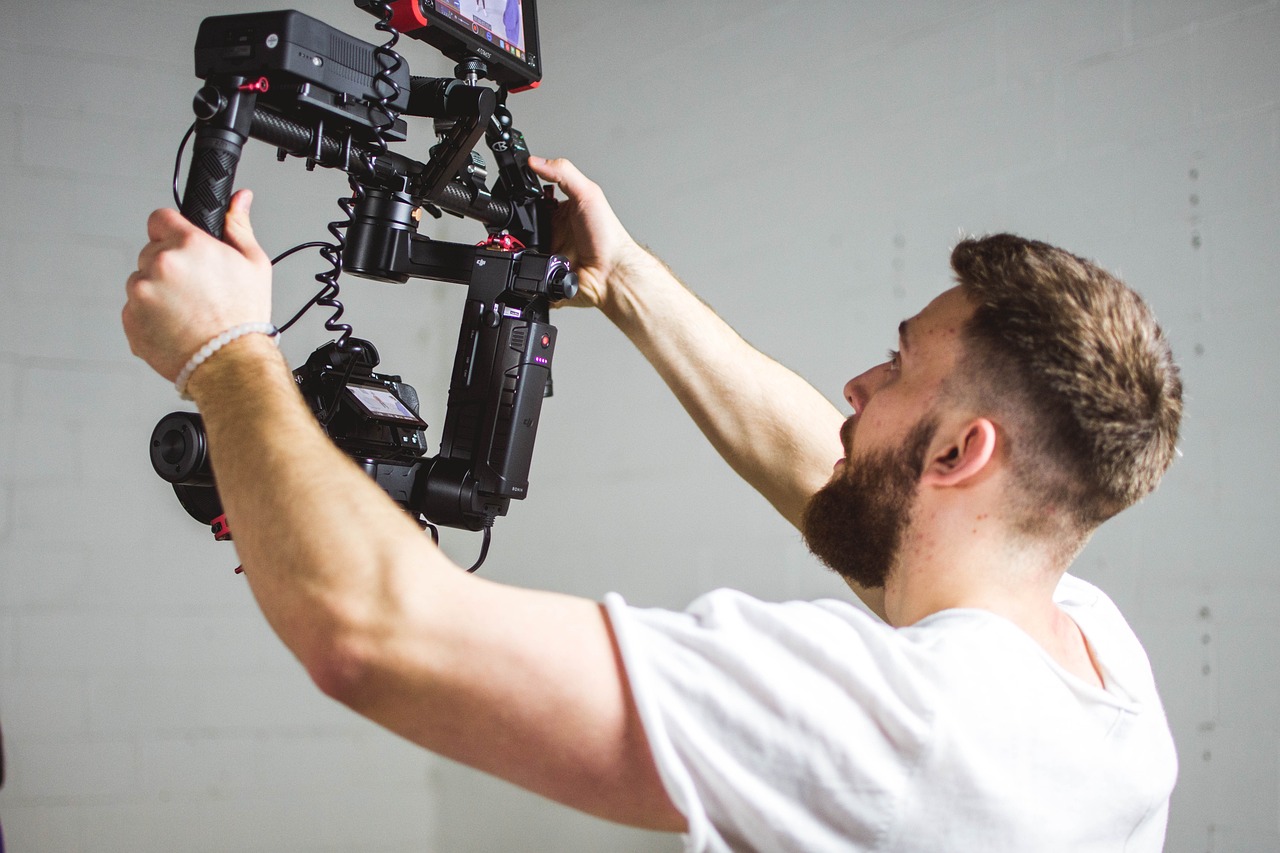
As you embark on your videography journey, it’s essential to be aware of common mistakes that can hinder your progress. Here are a few pitfalls to avoid:
- Poor Audio Quality: Neglecting audio quality can diminish the impact of your videos. Invest in a good microphone and pay attention to sound levels, background noise, and clarity.
- Shaky Footage: Unsteady camera movements or handheld shots can be distracting. Use a tripod or stabilizer to ensure smooth and professional-looking footage.
- Lack of Planning: Filming without a clear plan or storyboard can result in disorganized footage and a disjointed story. Take the time to plan and visualize your shots before you start filming.
- Overediting: Applying too many effects, transitions, or filters can distract from the content itself. Maintain a balance and use editing techniques to enhance rather than overpower your footage.
- Ignoring Lighting: Poorly lit videos can appear unprofessional and dull. Pay attention to lighting conditions and consider using natural or artificial lighting techniques to enhance your visuals.
By being mindful of these common mistakes, you can elevate the quality of your videography work and create more polished and professional videos.
13. Developing Your Videography Skills

Becoming a proficient videographer requires continuous learning and practice. Here are some ways to further develop your videography skills:
- Study and Learn: Take online courses, watch tutorials, and read books or articles on videography techniques, composition, storytelling, and editing. Learn from experienced professionals and gain insights into their creative processes.
- Practice Regularly: The more you practice, the better you’ll become. Experiment with different techniques, subjects, and styles to hone your skills and develop your own unique approach.
- Seek Feedback: Share your work with others and seek constructive feedback. Join online communities, forums, or local videography groups to connect with fellow videographers and learn from their experiences.
- Collaborate with Others: Collaborating with other creatives, such as actors, musicians, or fellow videographers, can broaden your perspectives and push your creative boundaries.
- Stay Updated with Technology: Keep up with the latest advancements in videography equipment, software, and techniques. Embrace new technologies and tools that can enhance your videography work.
Remember, videography is an art form that requires both technical knowledge and creative vision. Embrace the learning process, be open to experimentation, and allow your passion for storytelling to shine through in your videos.
Conclusion
Videography is a dynamic and creative field that allows you to capture and convey stories through moving images. By understanding the equipment, camera techniques, composition, lighting, sound, and editing, you can create engaging and visually stunning videos.
Remember to plan your shots, experiment with different styles, and continuously learn and develop your skills. Embrace the process of storytelling and connect with your audience on a deeper level through the power of videography.
FAQs (Frequently Asked Questions)
- What is the difference between videography and cinematography? Videography focuses on capturing moving images for various purposes, such as events, documentaries, or promotional videos. Cinematography, on the other hand, is the art and science of creating visually compelling storytelling through the use of camera techniques, lighting, composition, and aesthetics in films or movies.
- Do I need expensive equipment to start with videography? While having high-end equipment can enhance the quality of your videos, it’s not a requirement to start with videography. Begin with the equipment you have access to and gradually invest in better tools as you progress and gain experience.
- How can I make my videos more engaging? To make your videos more engaging, focus on storytelling, use dynamic camera movements, capture interesting B-roll footage, and incorporate captivating music or sound effects. Engage with your audience by asking questions, encouraging interaction, and responding to comments.
- What are some popular video editing software options? Popular video editing software includes Adobe Premiere Pro, Final Cut Pro, DaVinci Resolve, and iMovie. Choose the software that aligns with your needs, budget, and skill level.
- How can I improve the audio quality in my videos? To improve audio quality, invest in a good external microphone, position it close to the sound source, and reduce background noise. Consider using windshields or furry covers for outdoor filming and adjust audio levels during editing to ensure clarity.


